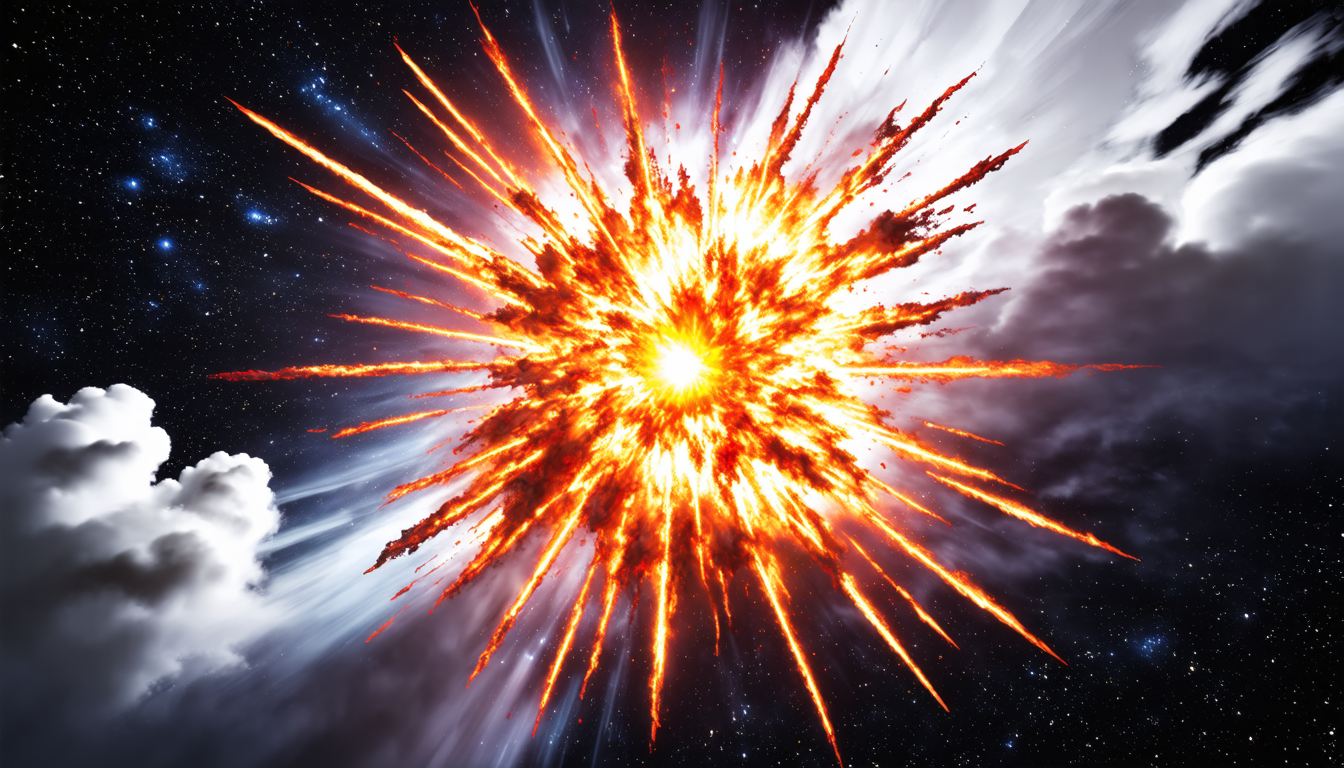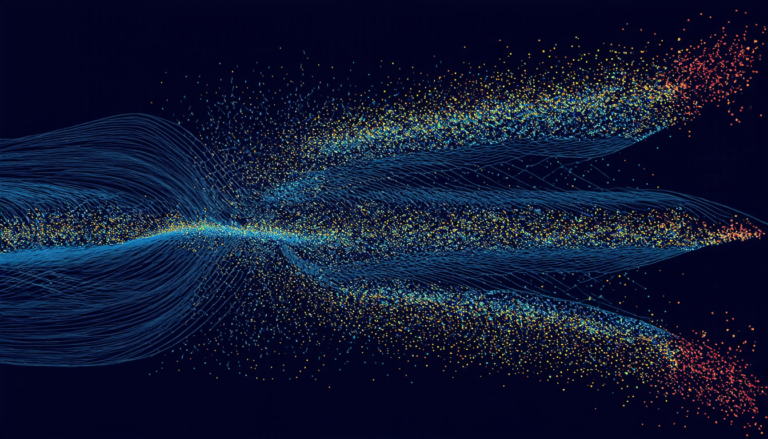Tuesday 03 June 2025
Scientists have long been fascinated by the origins of life on Earth, and a new study sheds light on how carbon, a crucial element for life, was formed in the universe. Researchers used advanced computer simulations to recreate the evolution of massive stars, which are thought to be responsible for creating much of the carbon in our galaxy.
The study focuses on massive stars, those with masses between 10 and 100 times that of our sun. These behemoths live short lives, burning through their fuel quickly before exploding as supernovae. During this brief time, they can create a vast amount of new elements, including carbon.
The researchers used a sophisticated computer program called MESA to simulate the evolution of these massive stars. They varied the stars’ initial masses and metallicities, which affect how much material is present in the star’s core. The team found that the most massive stars produce the most carbon-rich elements, but only if they have a specific set of conditions.
One crucial aspect is the presence of helium- carbon shell mergers, where hot helium from the star’s core mixes with cooler carbon-rich material from its layers. This merger creates an explosion of new carbon atoms through nuclear reactions. The team found that these mergers occur in stars with initial masses between 30 and 40 times that of our sun.
The study suggests that binary- stripped stars, which are stars that have lost their outer layers to a companion star, may not be the primary source of carbon enrichment in galaxies as previously thought. Instead, single massive stars and helium-carbon shell mergers play a more significant role in creating carbon-rich elements.
These findings have important implications for our understanding of the origins of life on Earth. Carbon is a fundamental element for life, making up about 18% of all living organisms. The study’s results suggest that the carbon in our bodies may have originated from massive stars that exploded as supernovae millions of years ago.
The research also highlights the complexity and nuance of star formation and evolution. The team’s simulations show that even small changes in a star’s initial mass or metallicity can have significant effects on its final composition, including the amount of carbon it produces.
Overall, this study offers new insights into the origins of life and the role of massive stars in shaping the universe we live in today.
Cite this article: “Massive Stars Carbon Legacy: Unlocking the Origins of Life on Earth”, The Science Archive, 2025.
Massive Stars, Carbon Formation, Star Evolution, Supernovae, Element Creation, Nuclear Reactions, Binary-Star Systems, Galaxy Enrichment, Life Origins, Stellar Nucleosynthesis







